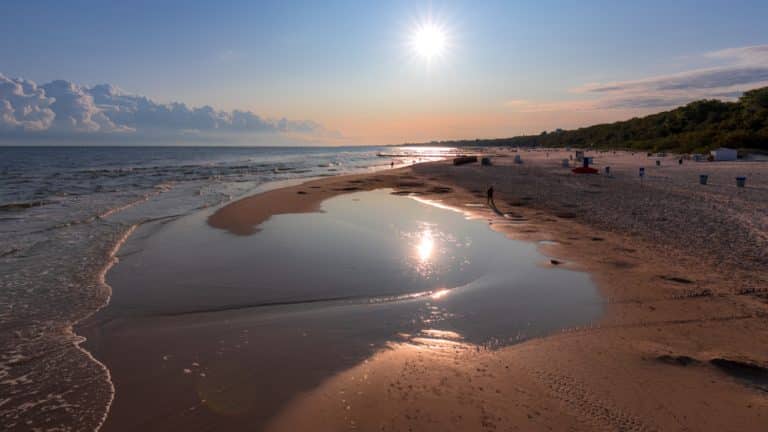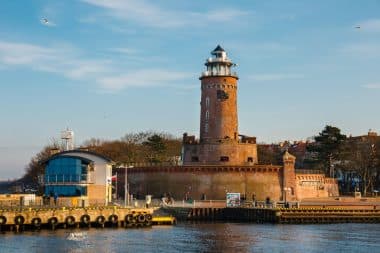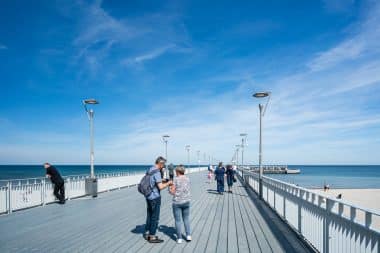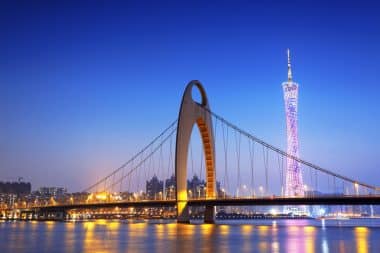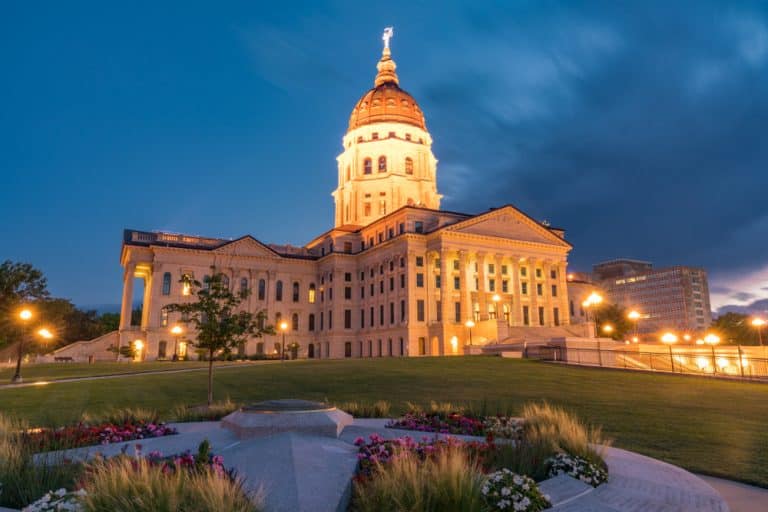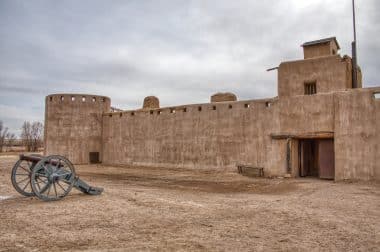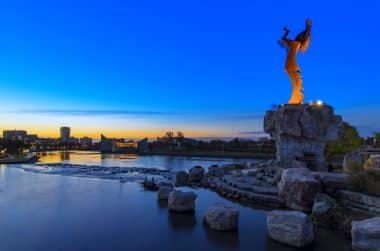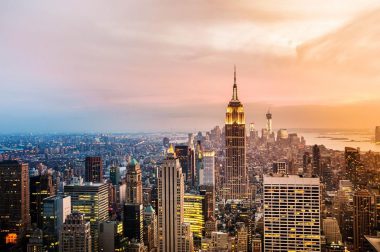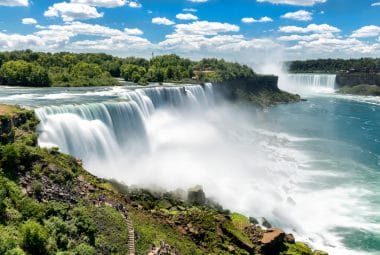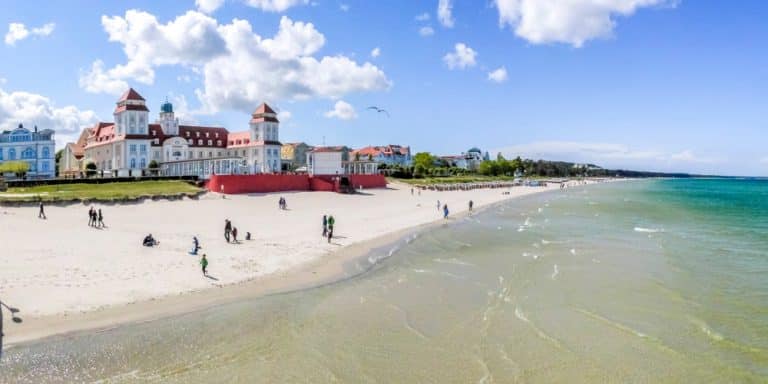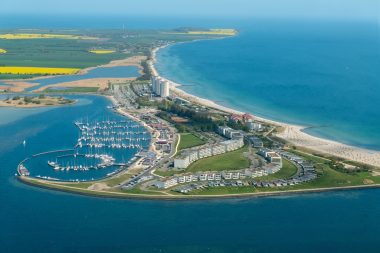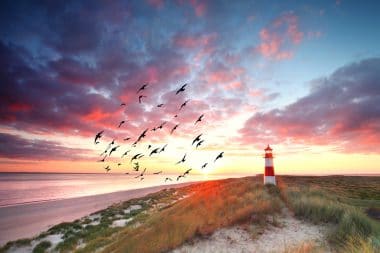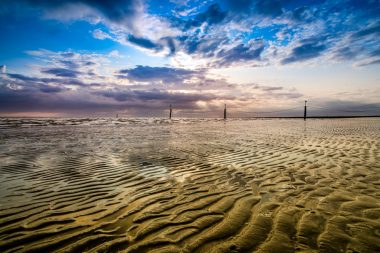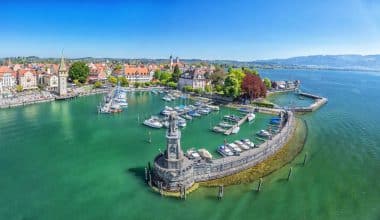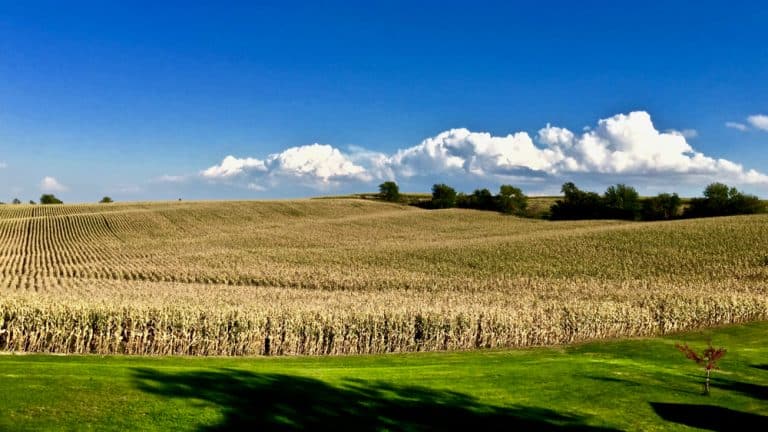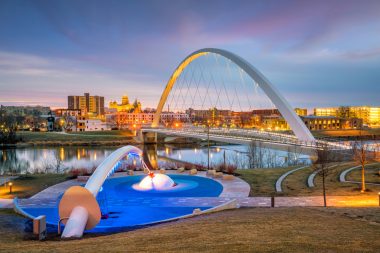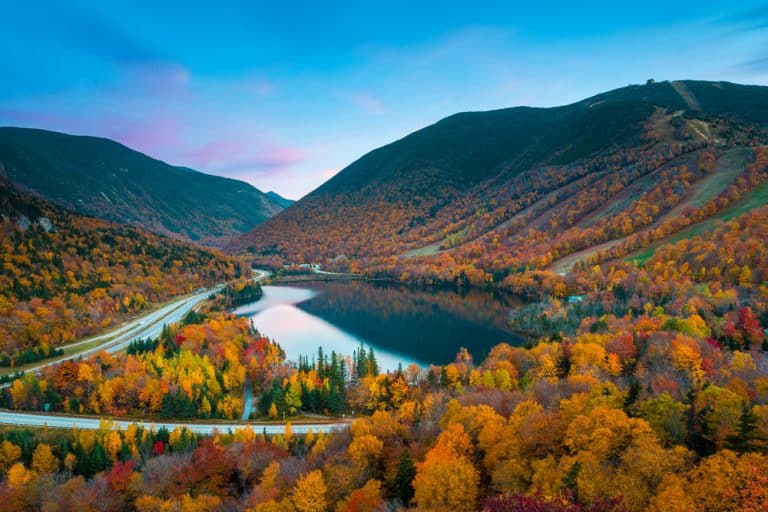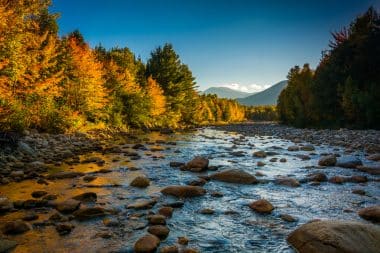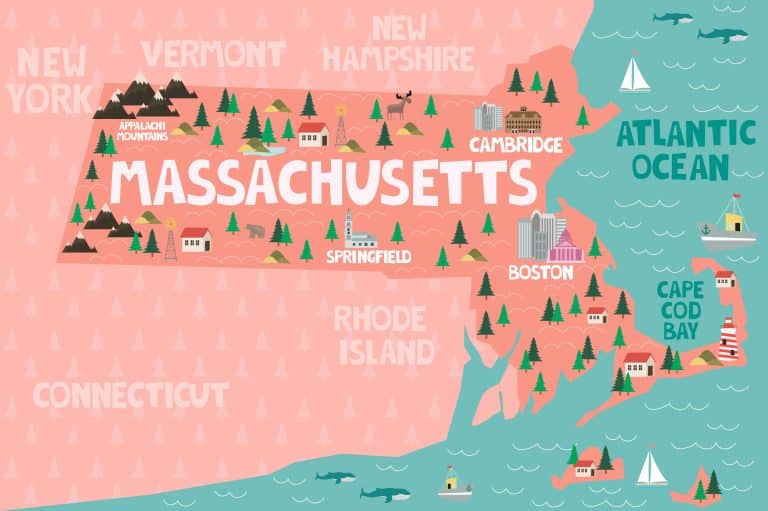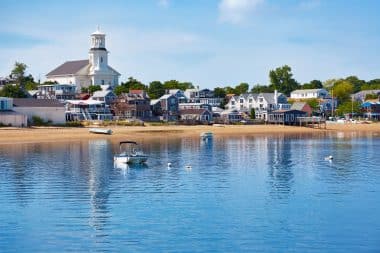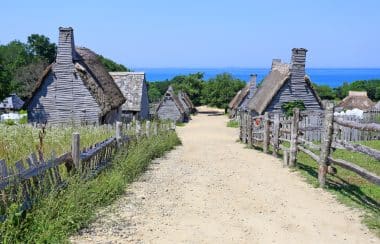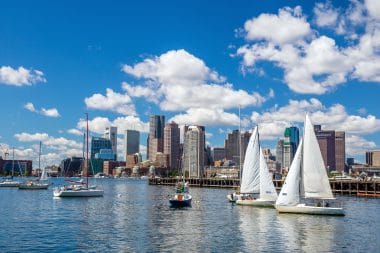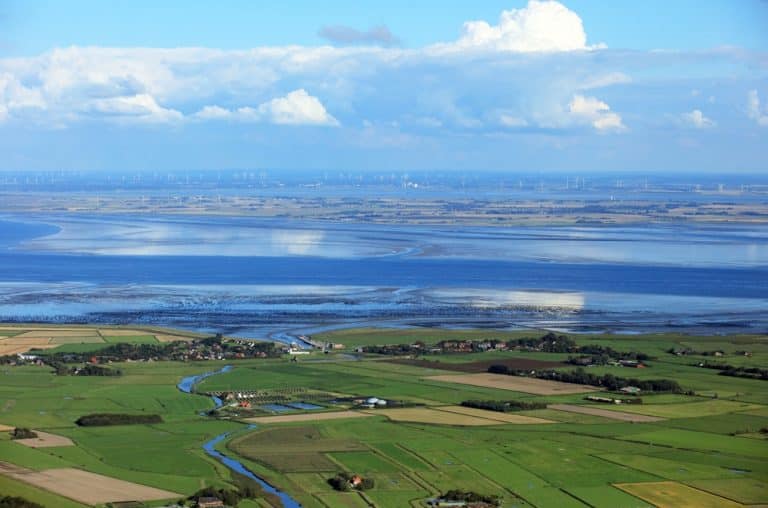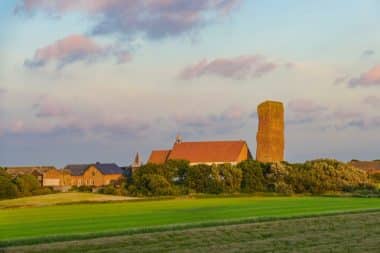Ancient cultures and fascinating landscapes: deserts, plains, hot springs, high mountains and a boundless expanse known from the West. This is New Mexico, the fifth largest state in the USA. It is located in the southwest on the border with Mexico. Almost as big as Germany, however, it has only 2.2 million inhabitants. “Land of Enchantment” is what the locals call New Mexico: the “Land of Enchantment”. It attracts all those who like to spend their free time with outdoor activities such as horseback riding, climbing, fishing, biking, hiking or skiing.
Pleasant temperatures all year round
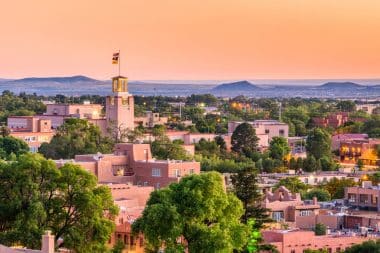
New Mexico has so many national parks that you can’t list them here. But the state – especially the city of Santa Fe – is also a magnet for artists who are inspired by the landscape and culture of past and living indigenous peoples. The caves carved in stone and the pueblo architecture are considered unique. The temperatures are pleasant, only in desert regions it can get very hot in summer – and in the desert very cold at night.
Downtown Albuquerque becomes a trendy district
The state’s capital, Albuquerque on the Rio Grande, has a population of 500,000. Almost half of them are Hispanics – have Latin American-Spanish roots. They speak a “New Mexican” Spanish that has mixed with Native American and English words. In New Mexico, Spanish and English are official languages. Albuquerque is crossed by the legendary Route 66, which is identical to Interstate 40. The city is currently changing and is becoming a trendy meeting place with galleries, boutiques, bars and restaurants. There, the culinary qualities of New Mexico can be tested: The burger with red and green chili sauce (“Christmas style”) already gives an idea of the exotic delicacies that will be served. On weekends, it gets crowded around the “Pueblo Deco KiMo Theater”. That’s when opera lovers flock to the building in the Indian-American Art Deco style. Be sure to check it out!
In the old town there are still old mudstone houses
Albuquerque was already settled by Indian tribes in the 12th century, and in the 16th century the Spaniards occupied the city. The Old Town was founded in 1706 by Spanish settlers and is now worth a visit for its last historic adobe buildings. Albuquerque’s modern architecture pays homage to the indigenous people of the Pueblo culture: even high-rise buildings are often built in steps and with rounded corners, and their facades shine in natural rust and clay colors. In October, visitors can’t miss the Balloon Fiesta – with hundreds of colourful hot-air balloons in the sky. If you are drawn to the Sandia Mountains, you can take the cable car to the 3000m peak.
Via the “Turquoise Trail” to the City of Art
Instead of driving from Albuquerque to Santa Fe via the highway, there is the “decelerated alternative” of reaching the city via the “Turquoise Trail” (Byway 14). This is a scenic road that leads through the mountains and some nice villages and abandoned ghost towns with former gold mines. Santa Fe is located 3000 meters above sea level. The city has around 90,000 inhabitants and is considered the oldest in the USA. The Governor’s Palace and the San-Miguel Chapel are from 1610. Jewellery is sold in front of the palace. Here, holidaymakers have the opportunity to buy Indian turquoise jewellery.
Spanish colonial buildings next to pueblo houses
The cityscape inspires every visitor: a successful mixture of the rust-red, nested houses in the Pueblo style (correctly it is called “Adobe style”) and the old Spanish colonial buildings. Santa Fe has more than 200 art galleries, making it an outstanding arts center. The New Mexico Museum of Art is worth a visit – as is the Georgia O’Keeffe Museum with paintings by the artist (1887-1986). Wacky but no less fascinating is the multi-media art in the “Meow Wolf” cultural centre.
Via the Pueblo Trail to ancient cave dwellings
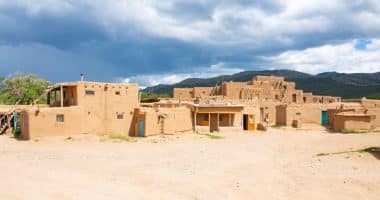
Between the Chihuahua Desert and the Sangre de Christo Mountains, New Mexico offers natural wonders and important cultural sites on virtually every mile. 9.5 percent of New Mexico’s inhabitants are indigenous, mainly Pueblo Indians of the Navajo peoples. About 60 kilometers northwest of Santa Fe, Bandelier National Monument is located in an area of rugged canyons and flat plateaus. The Pueblo Trail leads to the cave dwellings with hewn walls and carved rock signs. With rangers, visitors can hike the stunning Tyuonyi Overlook Trail and learn all about plants, animals, and pueblos along the way.
Holy Land for ceremonies at Chaco Canyon
If you go to the Chaco Cultural National Historical Park at Chaco Canyon northwest of Albuquerque, you will drive through “Indian country”. The canyon is sacred land of the Pueblo peoples. It was and still is a place for ceremonies. The ruins of the ancient pueblos bear witness to the highly developed culture of the First Nation, which very early applied its knowledge of astronomy and geometry to its buildings. North of Farmington is the Aztec Ruins National Monument, which is well worth seeing. You can see a large labyrinth of ruins of the Pueblo Indians, in which visitors can roam. Aztecs have never been to this place. But the first settlers in the mid-19th century thought it was Aztec settlements and left the name.
Snow-white giant dunes made of gypsum sand
In the southeast of New Mexico lies the beautiful and photogenic (!) Nationalpark White Sands National Monument. It is located 25 kilometers southwest of the town of Alamogordo in the north of the Chihuahua Desert. A 712 square kilometre gypsum field with impressively high, snow-white dunes lies in a valley, the Tularosa Basin. The grained gypsum was formed by sediment deposits, as no water could drain off here. 250 million years ago, there was a sea here that dried up due to faults. In 2009, the 23,000-year-old footprint of a Homo sapiens was found in the area.



